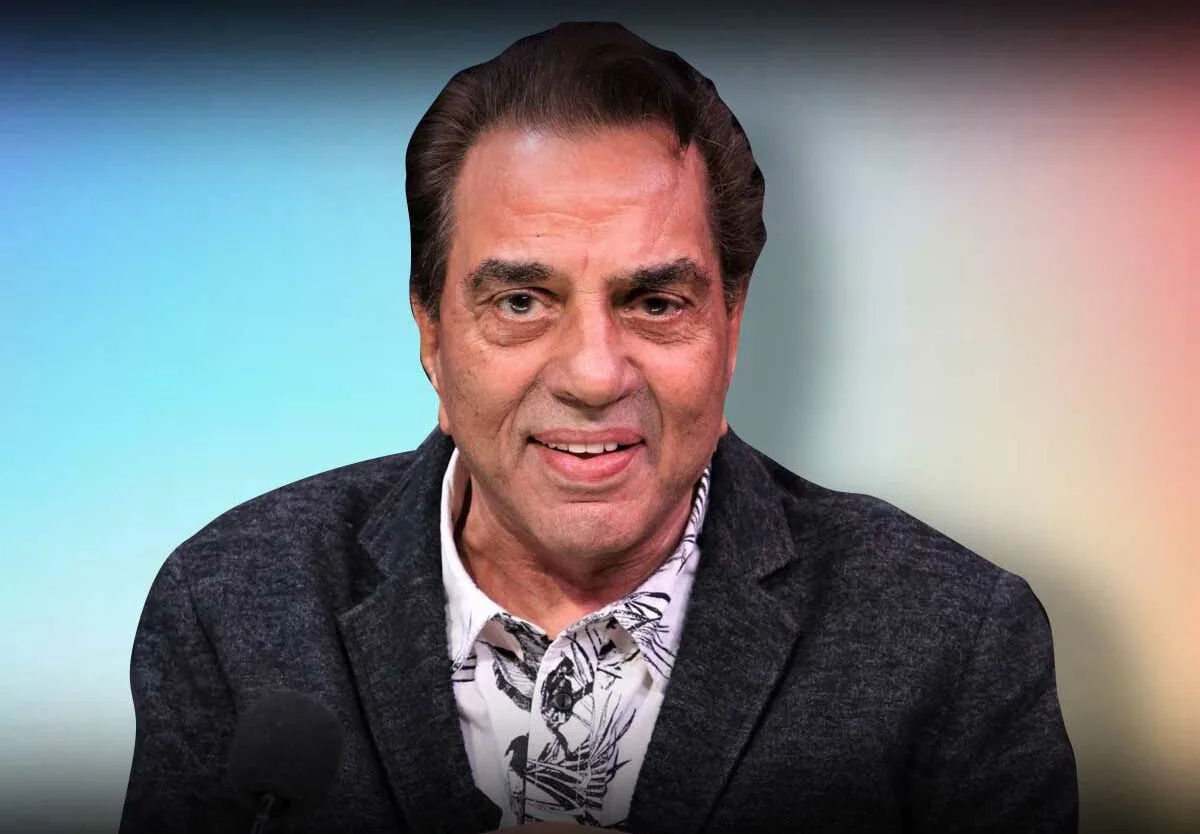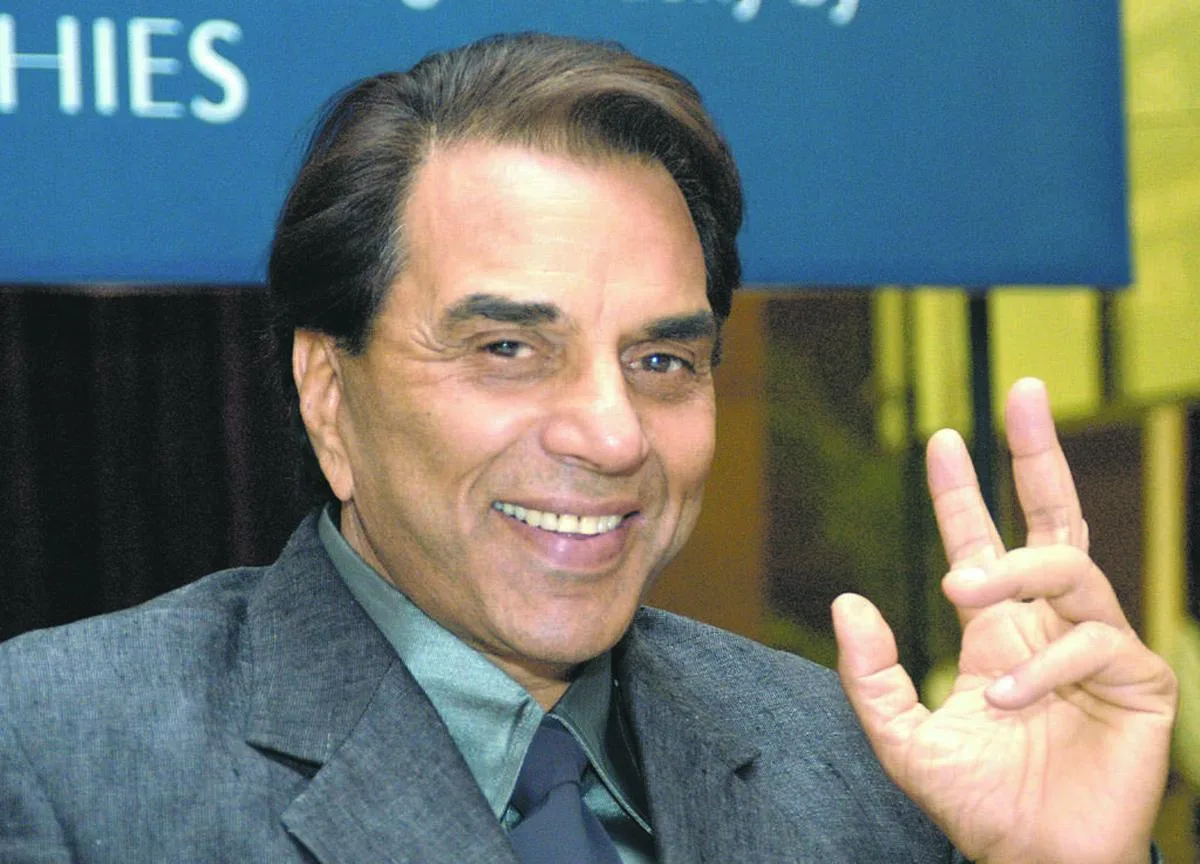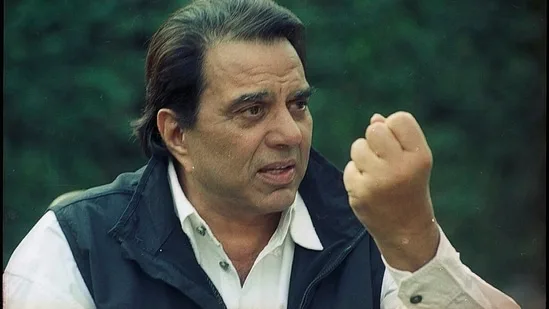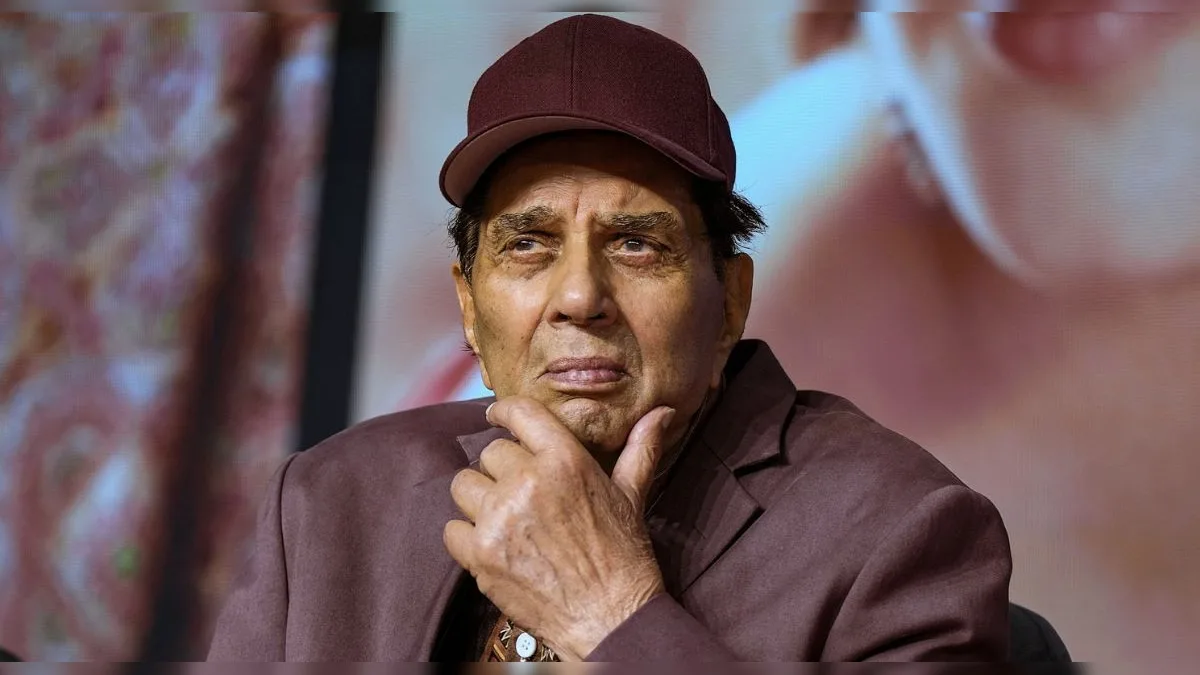Dharmendra’s passing at 89 is the quiet closing of a chapter that shaped the very grammar of Hindi cinema. For over six decades, he was more than a star, he was a mood, a presence, and a lesson in how simplicity, sincerity, and raw charisma can create a legacy that generations continue to learn from.
Born Dharam Singh Deol, he entered films in the early 1960s with a dream that looked almost impossible for a shy young man from Punjab. But cinema was waiting for someone exactly like him. Dharmendra didn’t fight his way into Bollywood through theatrics; he gently walked in, winning the audience with a smile that softened even the toughest stories and a screen persona that balanced masculinity with vulnerability. In an era before PR teams and image designers, he crafted his legacy through instinct and authenticity.

His contribution to Indian cinema is not measured merely in hit films but in the roles that redefined Bollywood’s idea of a hero. In Phool Aur Paththar, he showed how a tough exterior can hold a trembling, human core. In Chupke Chupke, he proved that action stars could also deliver immaculate comedic timing. And with Sholay, he immortalised the lovable rogue Veeru, a character that still echoes through pop culture, quoted, mimicked, and remembered with love.

Dharmendra’s influence extended far beyond his craft. Many actors today, from the biggest names to the youngest entrants, cite him as the original template of stardom: effortless, committed, and rooted in humility. His performances taught filmmakers how to write strong yet sensitive male leads, paving the way for several cinematic archetypes. Directors often credit him for proving that action could coexist with emotion, and that comedy could accentuate heroism rather than dilute it.

Even off-screen, his persona inspired the industry. He was known for treating spot boys, co-actors, and assistants with the same warmth he offered his audience. For many, he represented the golden era of Bollywood, an age when stardom was dignified, friendships were real, and cinema was driven by passion rather than pressure.

Karan Johar’s tribute calling his death “an end of an era” reflects what almost everyone in the fraternity feels. Dharmendra wasn’t just a part of the industry; he was one of the pillars that still hold it upright. His journey continues to inspire filmmakers looking for storytelling with heart, actors trying to balance glamour with humanity, and audiences craving the sincerity of old-school cinema.
As Bollywood stands at a crossroads in a rapidly changing world, Dharmendra’s legacy serves as a reminder of where it came from, and how powerful honesty in art can be. His warmth, his laughter, his silences, and his iconic screen presence will remain the benchmarks future generations look to when they dream of building something timeless.


